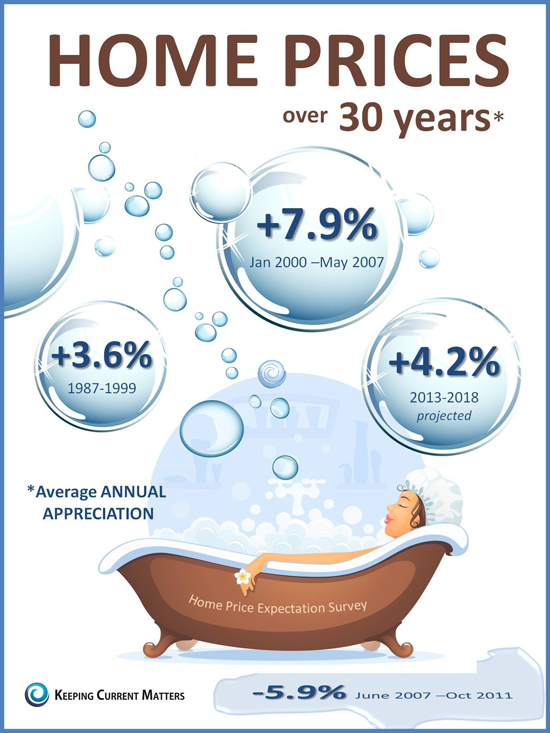Study The Future Of Realty Planning With Cutting-Edge Innovation, Demographic Changes, And Sustainability Trends
Study The Future Of Realty Planning With Cutting-Edge Innovation, Demographic Changes, And Sustainability Trends
Blog Article
Content Writer-Hardy Jimenez
As you expect the next five years in realty preparation, brace on your own for a landscape shaped by technological improvements, changing demographics, and a growing focus on sustainability. Virtual reality trips and expert system are just the beginning. The future holds a tapestry of innovation waiting to change exactly how we consider building and community development. Stay tuned for a look right into what exists ahead in the world of property planning.
Technological Innovations in Real Estate
When thinking of the future fads in real estate preparation, it's important to take into consideration the effect of technological technologies. Advancements in innovation are revolutionizing the realty industry, altering the means buildings are acquired, sold, and managed.
Virtual reality excursions allow potential customers to explore buildings from the comfort of their homes, saving time and making the procedure a lot more reliable. In addition, artificial intelligence is being used to evaluate market fads and predict future property values, aiding financiers make notified decisions.
Smart home modern technology is another substantial advancement forming the realty landscape. From energy-efficient home appliances to safety systems that can be managed remotely, these features are ending up being progressively prominent amongst homebuyers. Furthermore, you can find out more is simplifying purchases by giving protected and clear techniques for performing property offers.
Welcoming these technological innovations will certainly be essential genuine estate organizers to stay affordable and satisfy the developing demands of clients. By integrating these improvements into their approaches, specialists can improve the total experience for buyers, vendors, and capitalists alike.
Altering Demographics Impacting Preparation
With market shifts influencing real estate planning, it's essential for professionals in the market to adapt to altering population patterns. As the population ages, there's an enhancing requirement for age-friendly real estate and features. Child boomers are scaling down, seeking walkable areas with accessibility to medical care and leisure activities. This fad is also seen with millennials, who focus on convenience and sustainability, driving the need for mixed-use growths and eco-friendly rooms.
In addition, the increasing variety within the populace calls for even more inclusive planning approaches. Culturally varied areas need areas that cater to various preferences and practices. Realty professionals require to think about these factors when making and marketing properties to ensure they reverberate with a broader audience.
Additionally, the increase of remote work is improving real estate choices. With more individuals working from home, there's a growing demand for office, high-speed net access, and versatile home.
This change is affecting the growth of rural and rural areas as practical choices to urban living. Adjusting to these changing demographics will be critical for successful property planning in the coming years.
Sustainable Development Practices
The progressing landscape of real estate planning is increasingly focusing on lasting growth techniques. As you look ahead to the next five years, including lasting aspects right into property tasks will certainly be crucial. Embracing https://postheaven.net/delbert0adrian/study-the-future-of-realty-planning-with-sophisticated-modern-technology but additionally boosts the value and allure of properties.
Purchasing energy-efficient technologies, utilizing environment-friendly materials, and advertising environment-friendly rooms are coming to be typical techniques in property advancement. These campaigns not just decrease the carbon footprint of buildings yet likewise bring in environmentally-conscious occupants and purchasers.
Lasting buildings are much more cost-efficient in the future, as they eat much less power and sources, resulting in lower functional expenses.
Additionally, incorporating sustainable functions can separate your real estate jobs in an open market. Customers are progressively focusing on sustainability, and homes that align with their worths are more probable to stand apart.
Conclusion
In the next 5 years, realty planning will certainly remain to advance with technological improvements, transforming demographics, and a concentrate on sustainability. Virtual reality tours, expert system, age-friendly housing, and environmentally friendly attributes will form the future of the industry. Stay ahead of the contour by embracing development, inclusivity, and sustainable practices in your real estate planning efforts. The future is brilliant for those who adjust to these patterns and accept the chances they bring.
